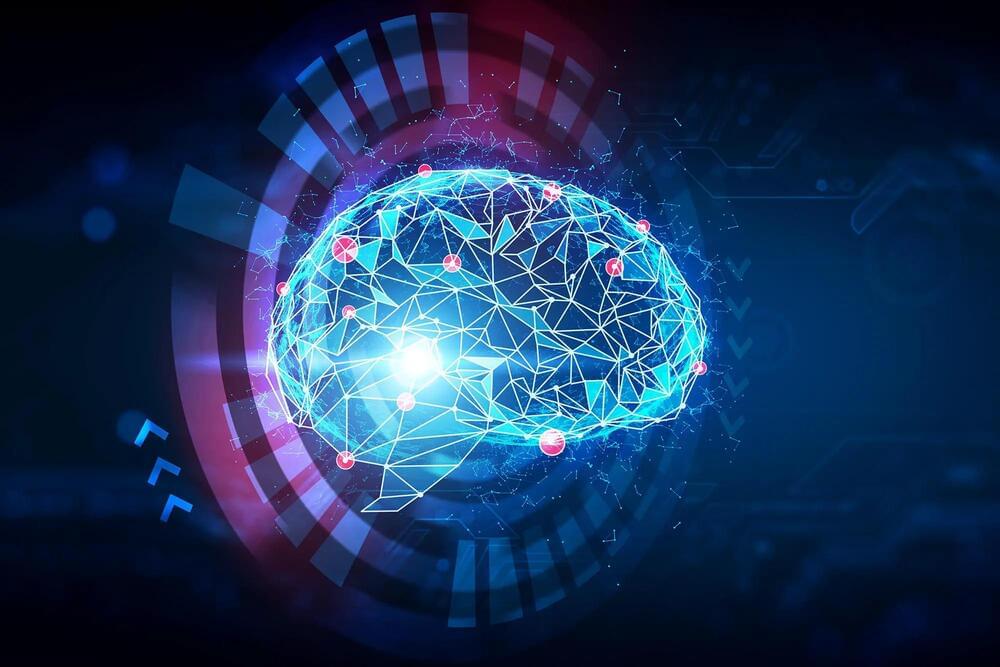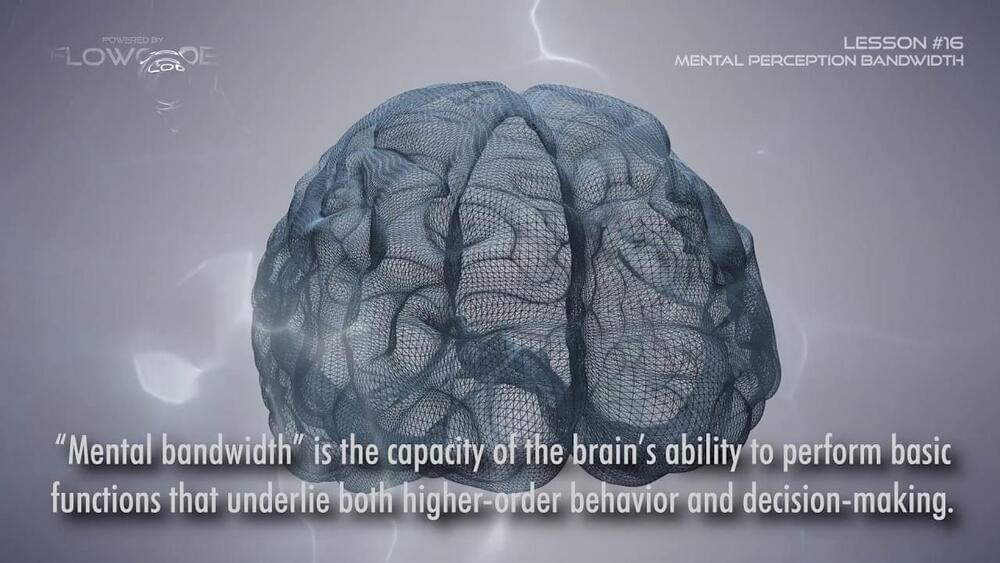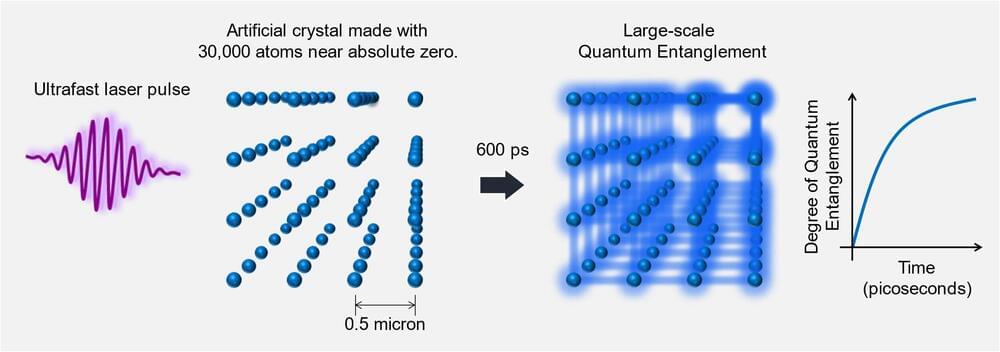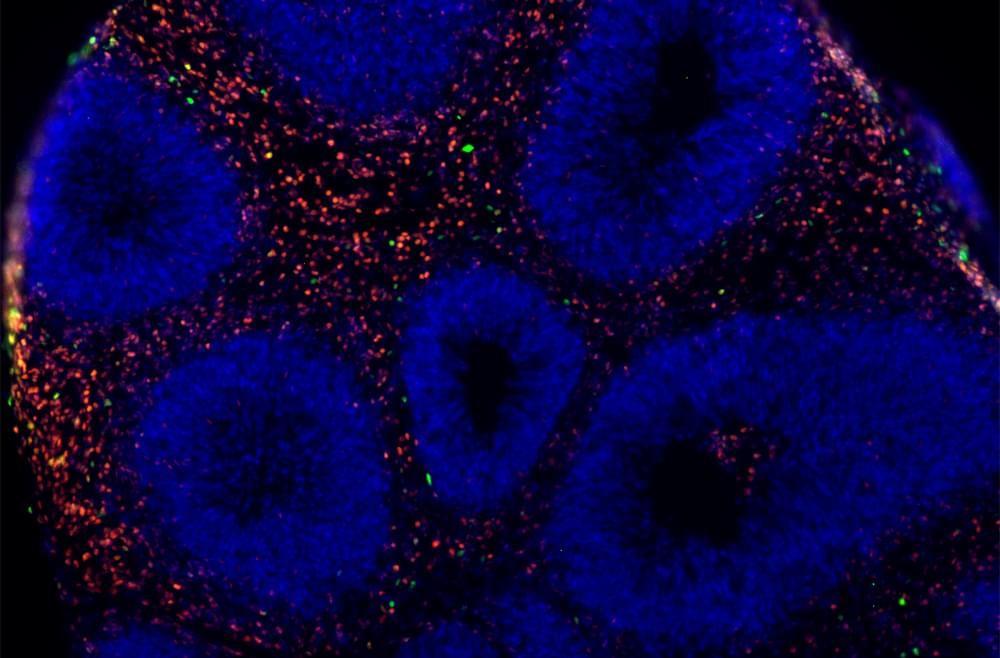
The human brain, with its intricate network of approximately 86 billion neurons, is arguably among the most complex specimens scientists have ever encountered. It holds an immense, yet currently immeasurable, wealth of information, positioning it as the pinnacle of computational devices.
Grasping this level of intricacy is challenging, making it essential for us to employ advanced technologies that can decode the minute, intricate interactions happening within the brain at microscopic levels. Thus, imaging emerges as a pivotal instrument in the realm of neuroscience.
The new imaging and virtual reconstruction technology developed by Johann Danzl’s group at ISTA is a big leap in imaging brain activity and is aptly named LIONESS – Live Information Optimized Nanoscopy Enabling Saturated Segmentation. LIONESS is a pipeline to image, reconstruct, and analyze live brain tissue with a comprehensiveness and spatial resolution not possible until now.

















